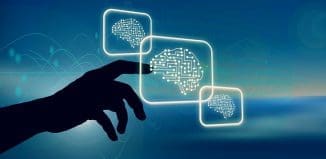Machine Learning Writes Better Emails
This post is also available in:  עברית (Hebrew)
עברית (Hebrew)
Machine learning is the field of study that gives computers the ability to learn without being explicitly programmed. It has numerous applications, from data security and fraud detection to healthcare, smart vehicles etc. Now, this ability is used for the benefit of email correspondents. Google is rolling out an enhanced version of its “smart reply” machine-learning email software to “over 1 billion Android and iOS users of Gmail”.
Last year, google launched Smart Reply, a feature for Inbox by Gmail that uses machine learning to suggest replies to email. Now they have created a new version of Smart Reply for Gmail. This version increases the percentage of usable suggestions and is more algorithmically efficient, according to research.googleblog.com.
Inspired by how humans understand languages and concepts, they used hierarchical models of language, an approach that uses hierarchies of modules, each of which can learn, remember, and recognize a sequential pattern.
According to research.googleblog.com, the content of language is deeply hierarchical, reflected in the structure of language itself. A hierarchical approach to learning is well suited to the hierarchical nature of language. They have found that this approach works well for suggesting possible responses to emails.
Smart Reply relies on machine learning to scan the subject line and body of an email and make suggestions based on what it sees. The company said it has built up a huge bank of anonymized customer messages and response decisions to help accomplish this. It is also designed to remember your individual preferences
According to Kurzweilai.net, Google says the machine-generated replies already account for 12 percent of emails sent; expect that number to boom once everyone with the Gmail app can send one-tap responses.






























